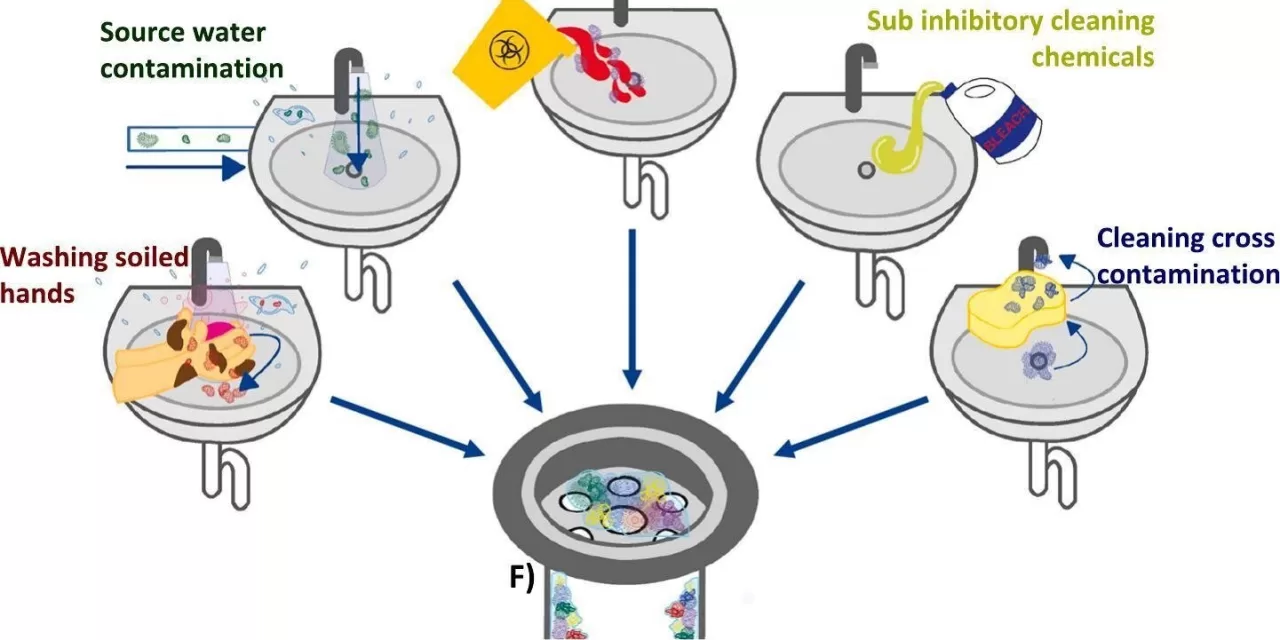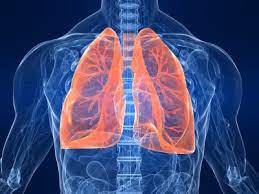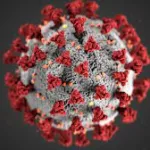Flinders University Study Unveils Hidden Health Risks in Handbasins
In a groundbreaking study from Flinders University, researchers have uncovered alarming health risks associated with handbasins, revealing that these seemingly innocuous fixtures could be breeding grounds for dangerous pathogens. The study highlights how handbasins can harbor biofilms—slimy accumulations of microbes that can lead to a range of serious illnesses, including pneumonia, Legionnaires’ disease, and wound infections.
Handbasins as Hotspots for Pathogens
Associate Professor Harriet Whiley, from the College of Science and Engineering and the ARC Training Center for Biofilm Research and Innovation, led the study, which investigated the microbial diversity present in handbasin biofilms. The research found that these biofilms contain a wide array of pathogens, including both those typically found in water and others not usually associated with water sources.
“This research shows that handbasins may be playing a significant and underestimated role in health care–associated infections,” says Associate Professor Whiley. The study revealed that residential handbasins, in particular, have a more diverse bacterial community compared to their hospital counterparts. Notably, residential samples showed a higher concentration of Legionella bacteria—a primary cause of Legionnaires’ disease, which can be contracted from various sources such as spas, warm water systems, and air-conditioning units.
Biofilms and the Risks They Pose
Biofilms on handbasins, including around the faucet and in the drains, are particularly concerning. These slimy deposits can harbor disease-causing pathogens that pose significant health risks. According to the study published in Science of the Total Environment, these pathogens may be transferred to the biofilm from handwashing, incoming water supply, or biological waste.
Lead researcher Claire Hayward emphasizes the need for heightened awareness and infection control practices, especially for patients receiving care at home. “The difference in microbial communities between hospital and residential handbasins could be attributed to more rigorous cleaning and infection control practices in healthcare settings. This highlights a potential risk for patients in home care settings,” says Hayward. She advocates for informing patients about proper handbasin cleaning practices, including the use of effective disinfectants.
Recommendations and Future Research
The study also found that both hospital and residential handbasins can harbor pathogenic and corrosive germs, with some not typically found in water. This underscores the need for more comprehensive control guidelines in hospitals and better cleaning protocols in both settings. The Australian Guidelines for the Prevention and Control of Infection in Health Care recommend cleaning handwashing basins up to twice a day with detergent, along with high-touch surfaces like light switches and doorknobs.
Researchers call for further investigation into cleaning protocols and hand basin design to mitigate these risks. As Hayward notes, “Biofilms formed in handbasins can potentially harbor pathogenic microbes and increase antimicrobial resistance, making it crucial to address these under-recognized areas of infection risk.”
For more detailed insights, refer to the study: Claire Hayward et al, “Handwashing Basins and Healthcare Associated Infections: Bacterial Diversity in Biofilms on Faucets and Drains,” Science of the Total Environment (2024). DOI: 10.1016/j.scitotenv.2024.175194.
Journal Information: Science of the Total Environment












